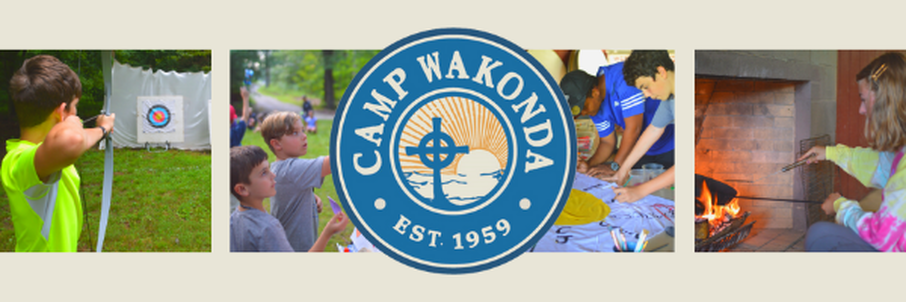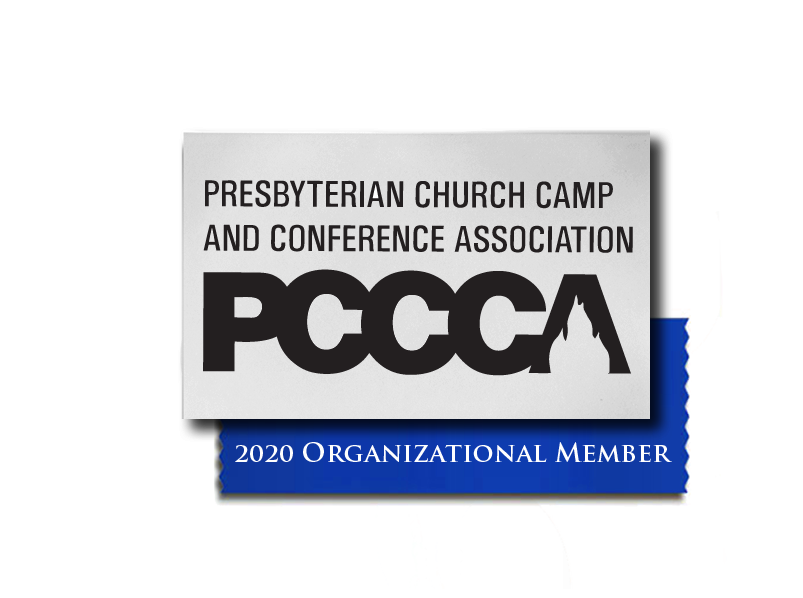The History of Labyrinths
Labyrinth Vs. Maze:
Sometimes labyrinths and mazes in the English language are used interchangeably. However, a maze can represent multiple paths that are trying to deceive the participant. A labyrinth usually has one path and the participant can readily find where they are going.
Sometimes labyrinths and mazes in the English language are used interchangeably. However, a maze can represent multiple paths that are trying to deceive the participant. A labyrinth usually has one path and the participant can readily find where they are going.
For Kids!!
|
|
|
For Adults
Christian History:
There are many different designs of labyrinths; the earliest evidence of a labyrinth in a church setting would be in the Basilica of Reparatus in Orleansville, Algeria (4th century3). During the Middle Age Christian labyrinth use became more widely known. In the Middle Age, Christians used labyrinths as a tool to represent the pilgrimage to Jerusalem. This was because the physical journey to Jerusalem became dangerous. One of the most famous was built in the Middle Ages, it can be found at the Cathedral of Chartres. Valette (2013) states that "the labyrinth of Chartres has been referred by four different names: le dédale (or maze, named after Daedalus, the legendary architect who built a labyrinth for Kind Minos of Crete). , la lieue (or league: which is a distance of about three miles), le chemin de Jérusalem (or rode to Jerusalem), and le chemin du paradis (or road to paradise, the heavenly Jerusalem).7
After the 16th-17th century3, labyrinths within the church fell out of fashion and a lot of them were destroyed or removed. During this time labyrinths and mazes started to move from secular use to non secular use. They were beginning to be used for elaborate decorations and ways to pass the time. In the early 1990’s, the Reverend Lauren Artress blazed a trail for the use of labyrinths in the Christian community.2 She was introduced to this practice by a seminar taught by Dr.Jean Huston. Artress began a group called the Veriditas dedicated to inform and guide people about labyrinths. Nowadays people can visit labyrinths across the country. If you would like to walk a labyrinth and have no idea where to start you can take a look at the Labyrinth Society's world wide labyrinth locator which was sponsored by the society and the Veriditas.
Labyrinth History:
Archaeologists have found evidence of labyrinths as far back as 4,000 years.6 Peoples all over the world have used different types of materials to build their labyrinths: stone, cloth, pottery, sand, tiles, and plants to name a few. Labyrinths around the world serve many purposes for different people. Some examples would be protection, entertainment, training, meditation, religious and more. In nature one can find labyrinths in looped fingerprints, spiderwebs, and seashells.1
There are many different designs of labyrinths; the earliest evidence of a labyrinth in a church setting would be in the Basilica of Reparatus in Orleansville, Algeria (4th century3). During the Middle Age Christian labyrinth use became more widely known. In the Middle Age, Christians used labyrinths as a tool to represent the pilgrimage to Jerusalem. This was because the physical journey to Jerusalem became dangerous. One of the most famous was built in the Middle Ages, it can be found at the Cathedral of Chartres. Valette (2013) states that "the labyrinth of Chartres has been referred by four different names: le dédale (or maze, named after Daedalus, the legendary architect who built a labyrinth for Kind Minos of Crete). , la lieue (or league: which is a distance of about three miles), le chemin de Jérusalem (or rode to Jerusalem), and le chemin du paradis (or road to paradise, the heavenly Jerusalem).7
After the 16th-17th century3, labyrinths within the church fell out of fashion and a lot of them were destroyed or removed. During this time labyrinths and mazes started to move from secular use to non secular use. They were beginning to be used for elaborate decorations and ways to pass the time. In the early 1990’s, the Reverend Lauren Artress blazed a trail for the use of labyrinths in the Christian community.2 She was introduced to this practice by a seminar taught by Dr.Jean Huston. Artress began a group called the Veriditas dedicated to inform and guide people about labyrinths. Nowadays people can visit labyrinths across the country. If you would like to walk a labyrinth and have no idea where to start you can take a look at the Labyrinth Society's world wide labyrinth locator which was sponsored by the society and the Veriditas.
Labyrinth History:
Archaeologists have found evidence of labyrinths as far back as 4,000 years.6 Peoples all over the world have used different types of materials to build their labyrinths: stone, cloth, pottery, sand, tiles, and plants to name a few. Labyrinths around the world serve many purposes for different people. Some examples would be protection, entertainment, training, meditation, religious and more. In nature one can find labyrinths in looped fingerprints, spiderwebs, and seashells.1
Labyrinthos
Labyrinth & Maze Resource, Photo Library & Archive
Famous Labyrinth of King Minos of Crete
The Greek myth goes: the king commanded Daedalus to build a structure that a beast could not leave but, someone managed to escape.
Historical videos and research
|
Officially called The Minoans | The Minotaur's Island (2014) narrated by Bethany Hughes. This documentary sheds light on the famous labyrinth of the minotaur and who discovered it. This video is about 1 hour and 34 minutes long.
|
|
The history of Mazes and Labyrinths in different cultures up until present time. This video is about 28 minutes long.
|
|
Officially called "The Race to decode a mysterious language - Susan Lupack (2020). This TED-Ed video is about the archaeologist Sir Arthur Evans and others decoding linear B. This video is about 5 minutes long.
|
|
In-depth research by Tessa Morrison. |
References
- George. C. (2011). Labyrinth Walking: A Discipline for the Sole and the Soul. Classical Spiritual Exercises. Spirituality and the Body Volume 9.1, 73-75. http://conversationsjournal.com/2011/04/labyrinth-walking/
- Goodstein. L. (1998 May 10). Reviving Labyrinths, Paths to Inner Peace. The New York Times. Retrieved from https://www.nytimes.com/1998/05/10/us/reviving-labyrinths-paths-to-inner-peace.html
- Labyrinthos. (n.d.). Labyrinthos Photo Library. Retrieved June 17, 2020, from https://www.labyrinthos.net/photopage06.html
- Mark, J. J. (2018, April 16). Labyrinth. Ancient History Encyclopedia. Retrieved from https://www.ancient.eu/Labyrinth/
- Merriam-Webster. (n.d.). Labyrinth. In Merriam-Webster.com dictionary. Retrieved June 5, 2020 from https://www.merriam-webster.com/dictionary/labyrinth
- Toy, A.D. ( 2008). Going Around in Circles: The Labyrinths of Theosophy. The Theosophical Society in America. Retrieved fromhttps://www.theosophical.org/publications/quest-magazine/42-publications/quest-magazine/1547-going-around-in-circles-the-labyrinths-of-theosophy
- Valette. R. (2013, September 11). The Labyrinth of the Cathedral of Chartres. Boston College. https://www.bc.edu/sites/labyrinth/history.html
- Billock, J. (2016, January 20). Walk the World's Most Meditative Labyrinth | History meets harmony on these time-worn paths. Smithsonian Magazine. Retrieved from https://www.smithsonianmag.com/travel/walk-worlds-meditative-labyrinths-180957823/ Updated 23, May 2016
- Education’s Voice Mindfulness in the Classroom. (2018, February 23). Finger Labyrinth Meditation. Retrieved July 08, 2020, from https://educationsvoice.wordpress.com/2016/03/26/mindfulness-in-the-classroom-finger-labyrinth-meditation/
- Kiddle. (Updated 2020, May 22). Labyrinth facts for kids | Kids Encyclopedia Facts. Kiddle. Retrieved July 09, 2020, from https://kids.kiddle.co/Labyrinth
- Merriam-Webster. (n.d.). Labyrinth. In Merriam-Webster.com dictionary. Retrieved June 5, 2020 from https://www.merriam-webster.com/dictionary/labyrinth
- Toy, A.D. (2008). Going Around in Circles: The Labyrinths of Theosophy. The Theosophical Society in America. Retrieved from https://www.theosophical.org/publications/quest-magazine/42-publications/quest-magazine/1547-going-around-in-circles-the-labyrinths-of theosophy




